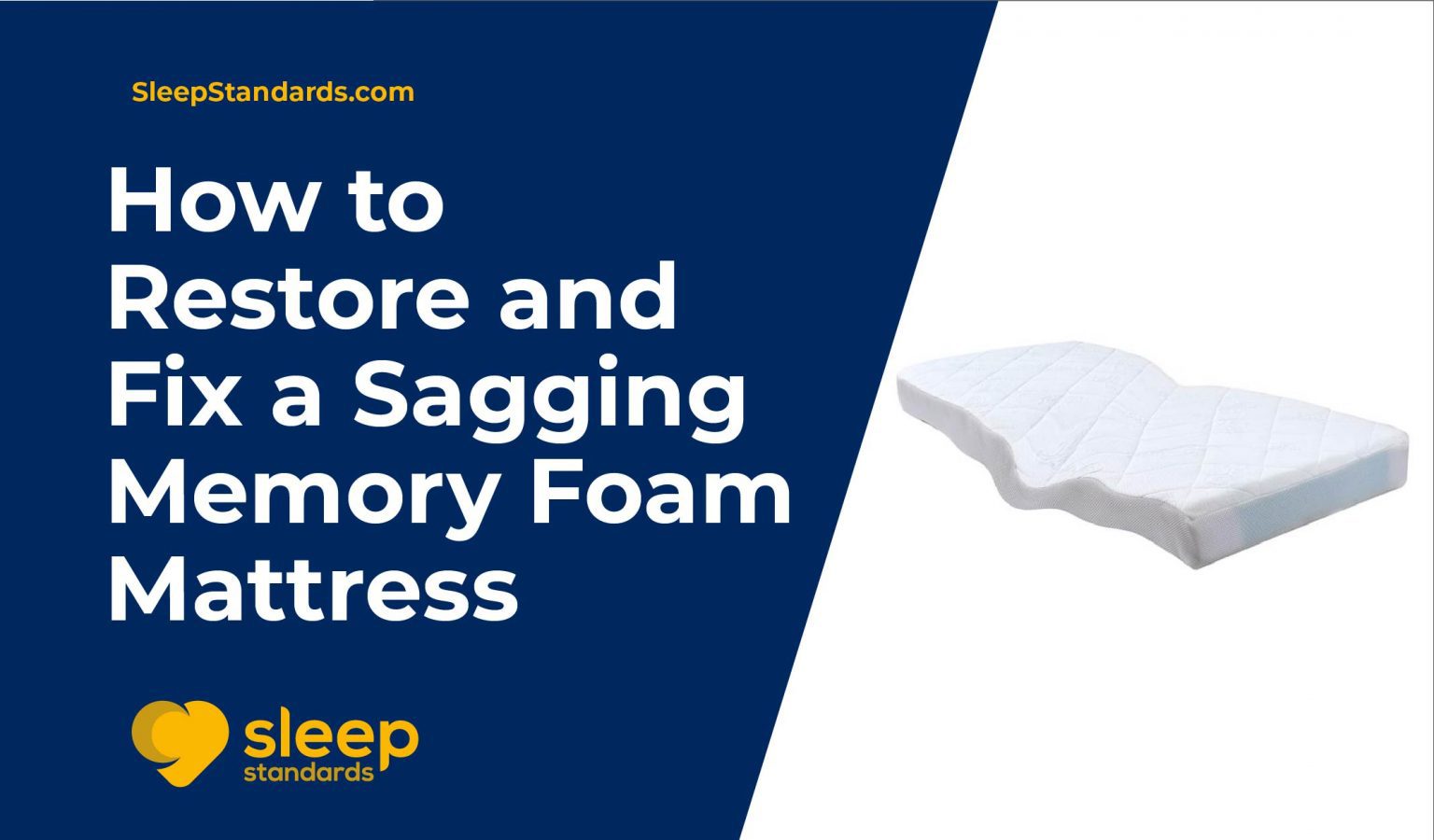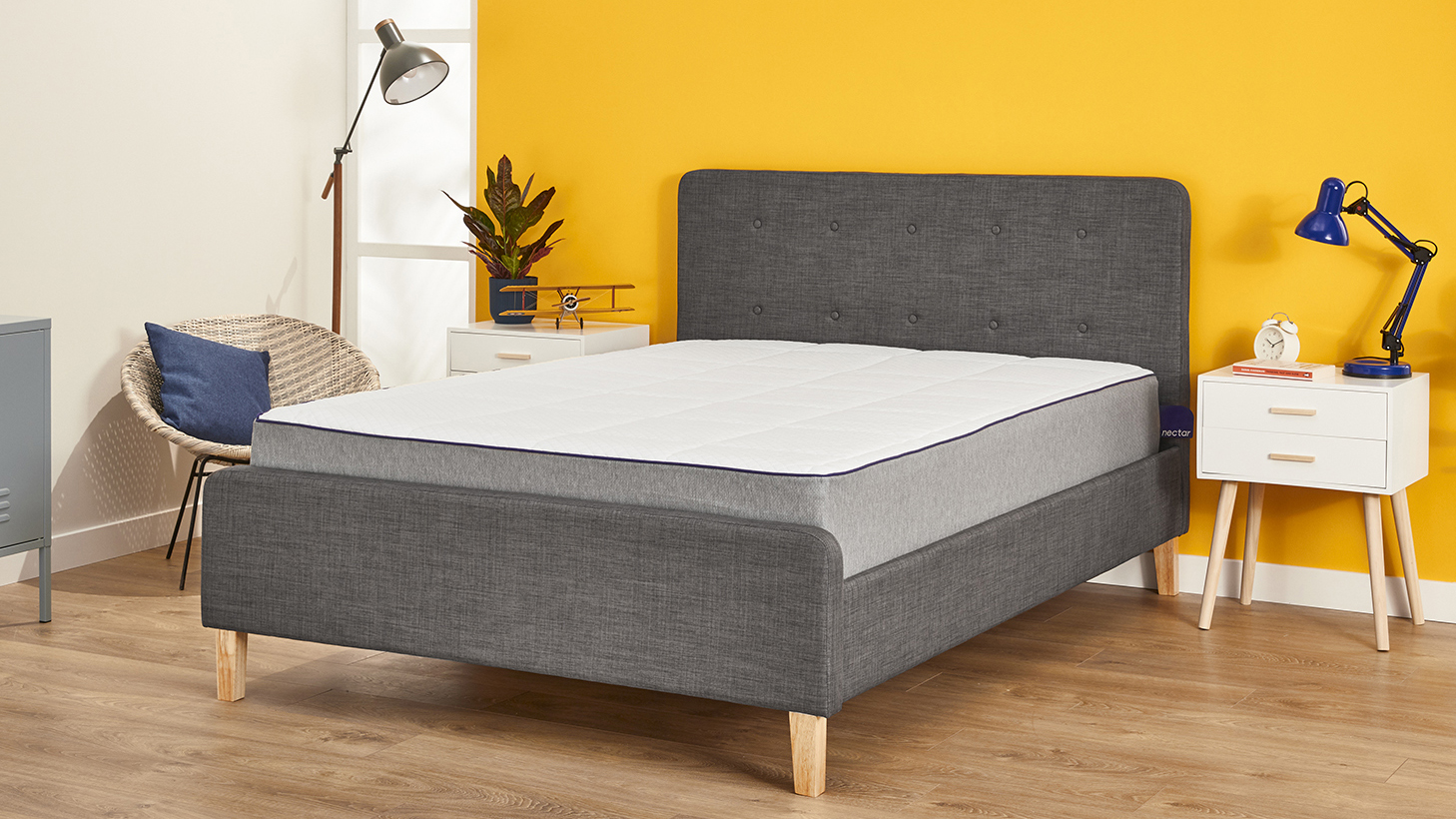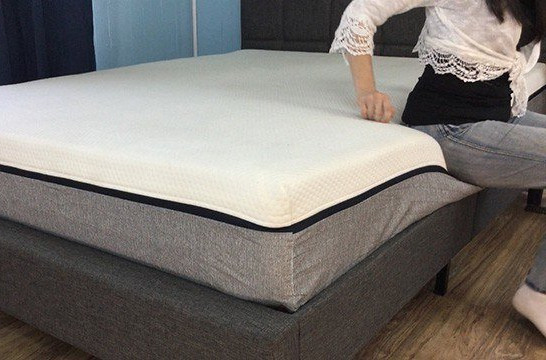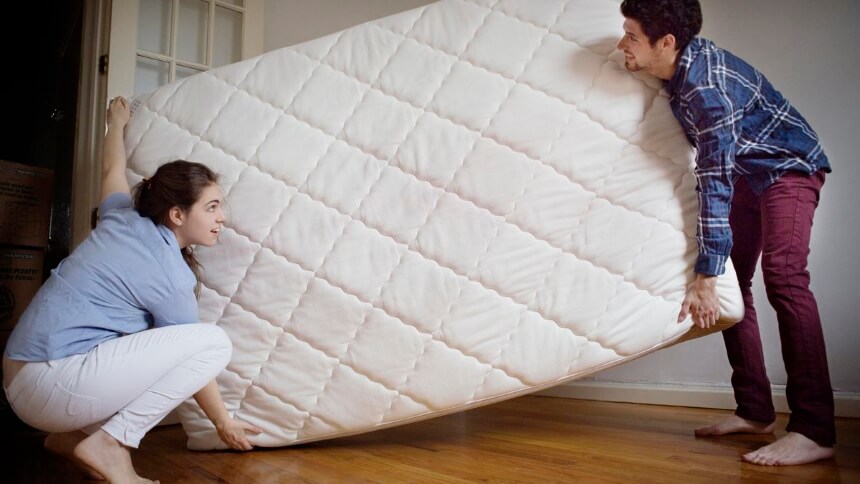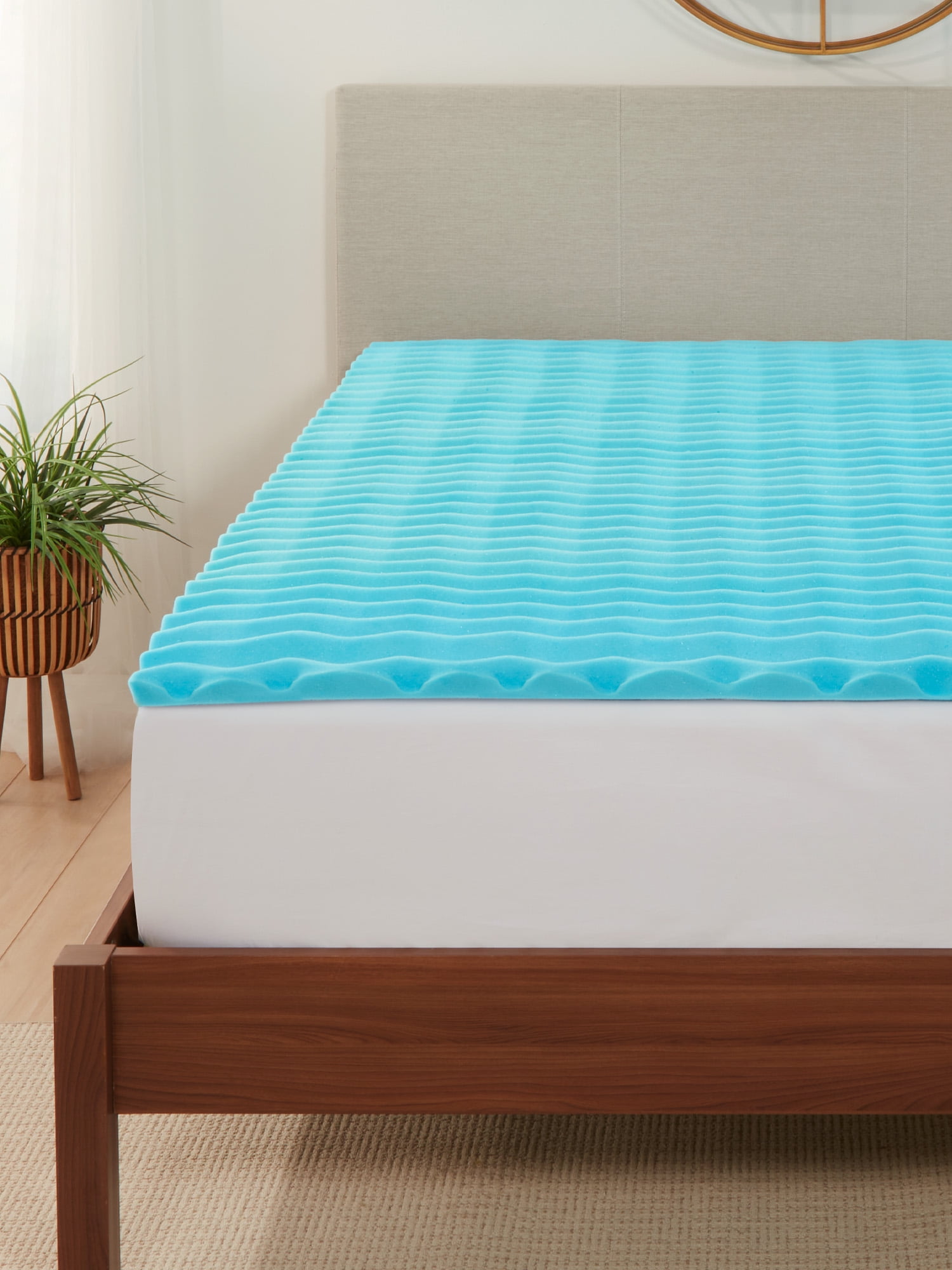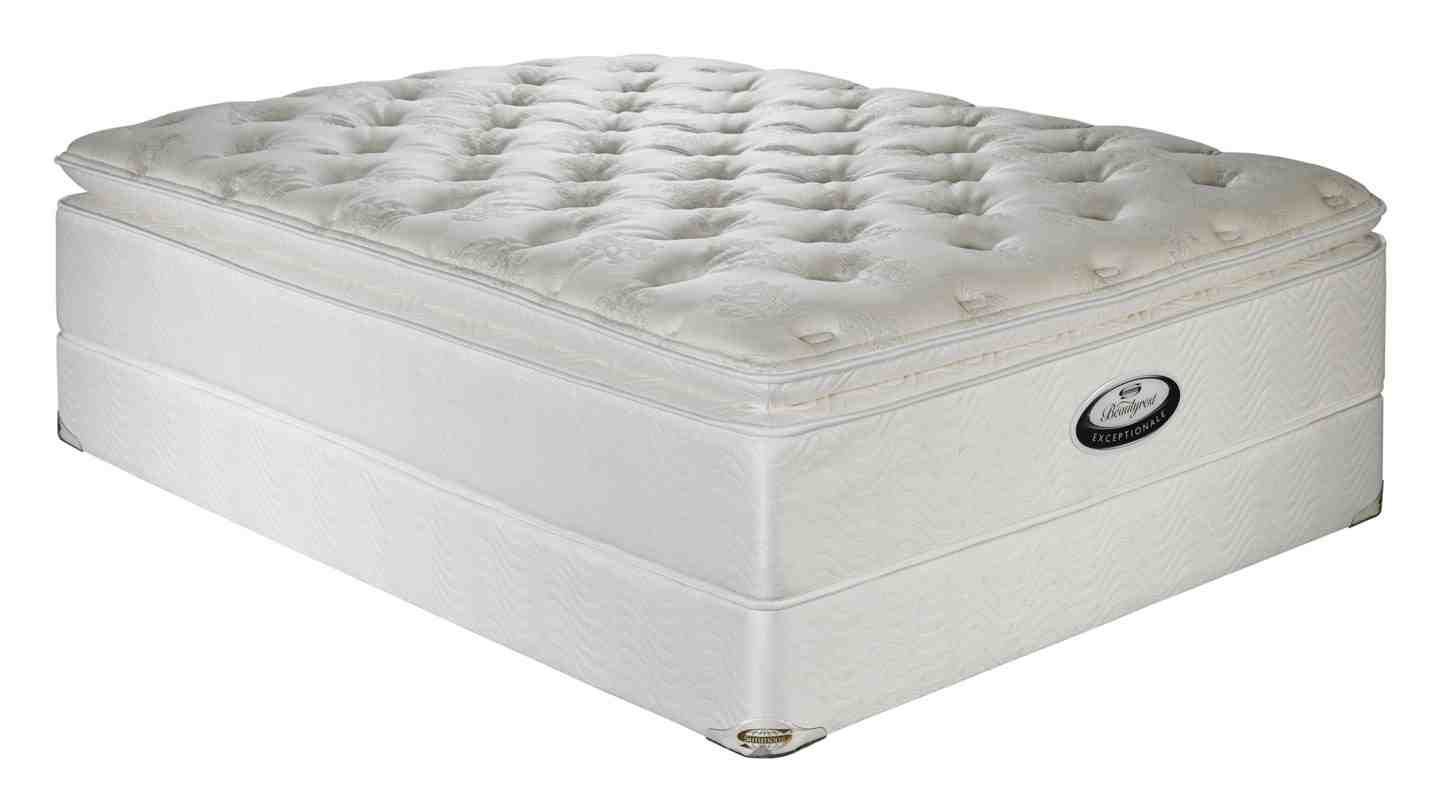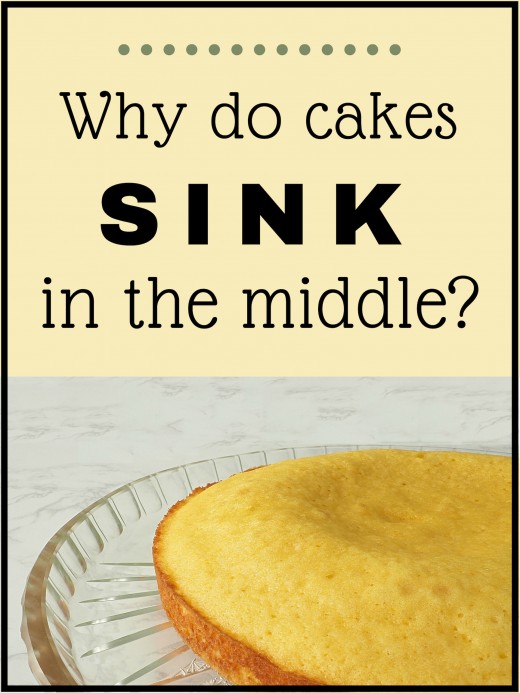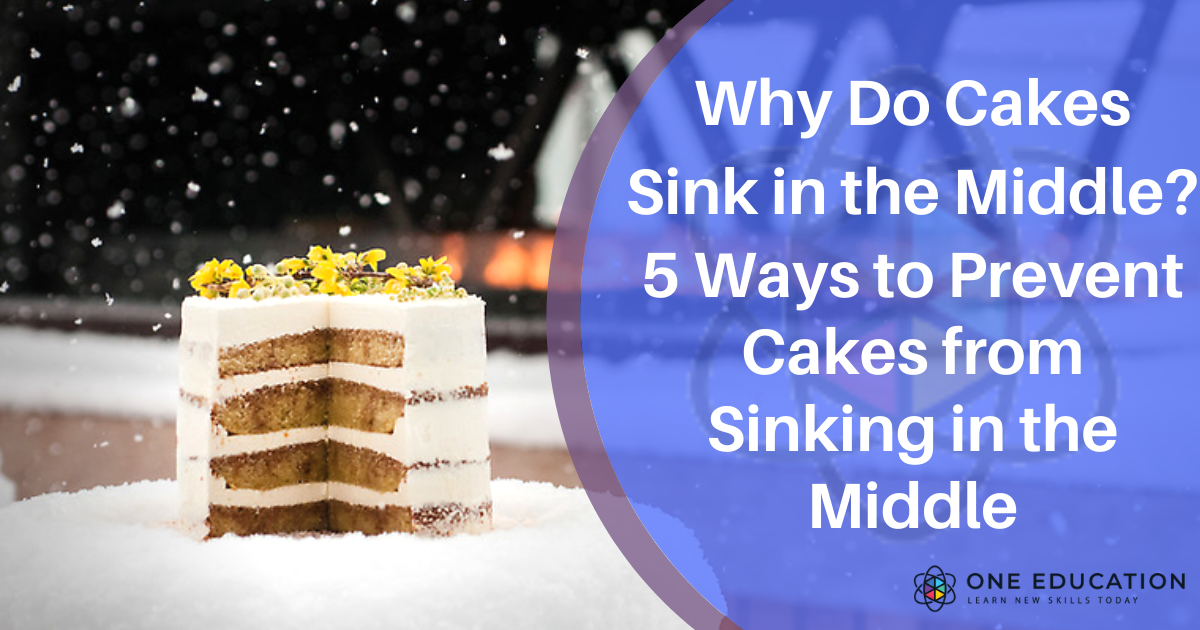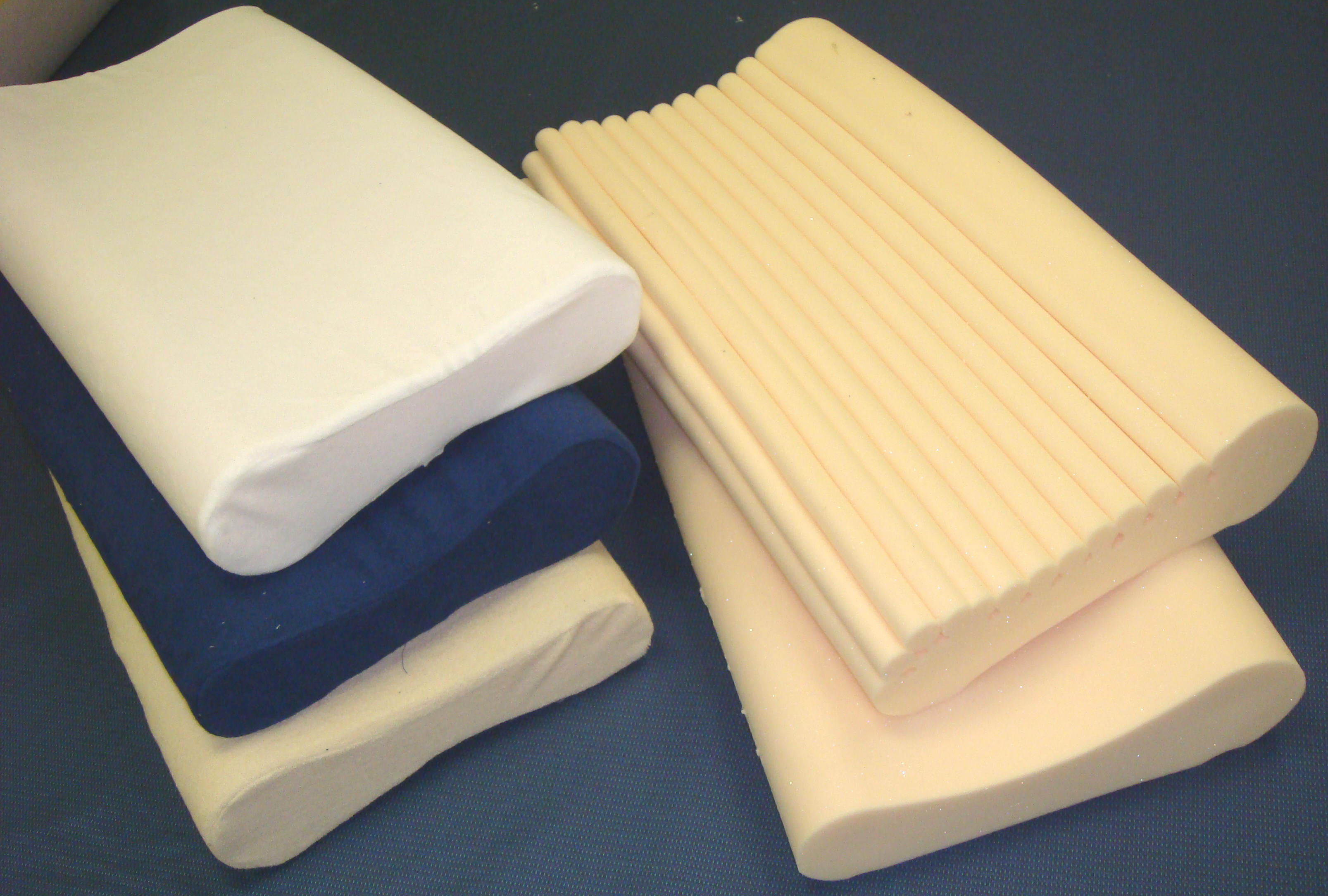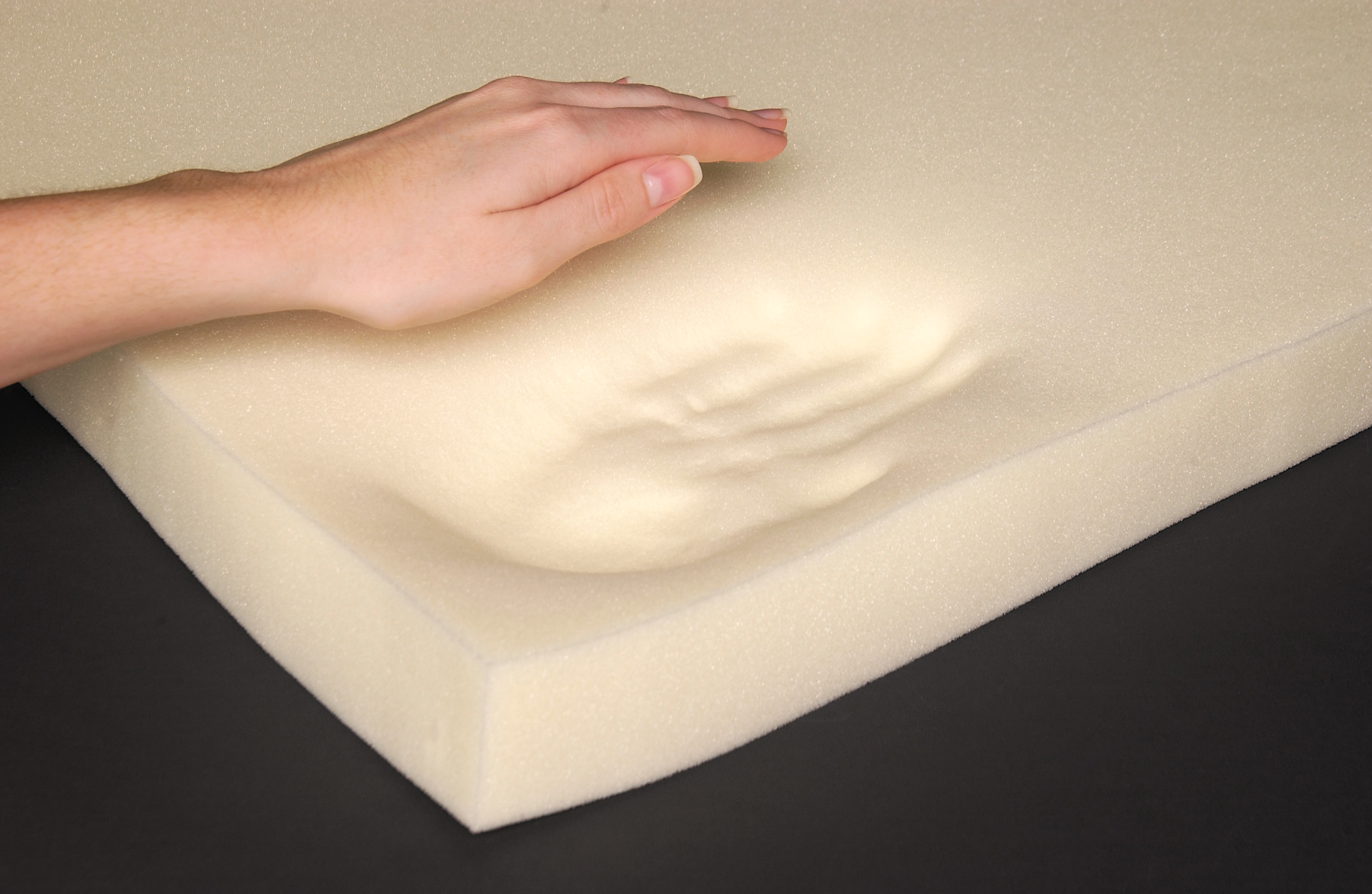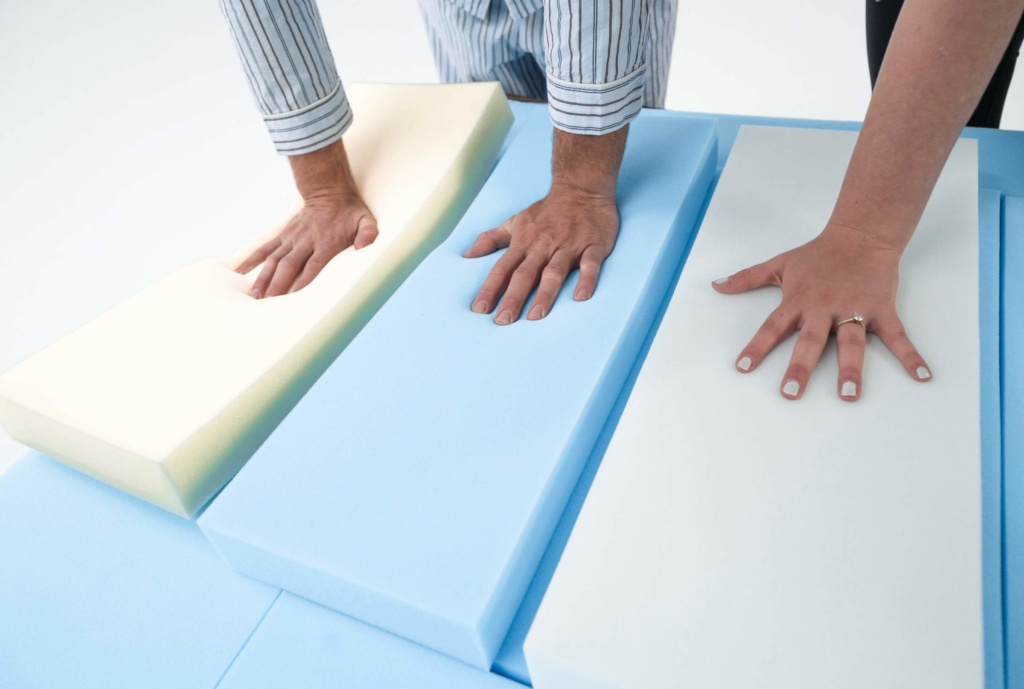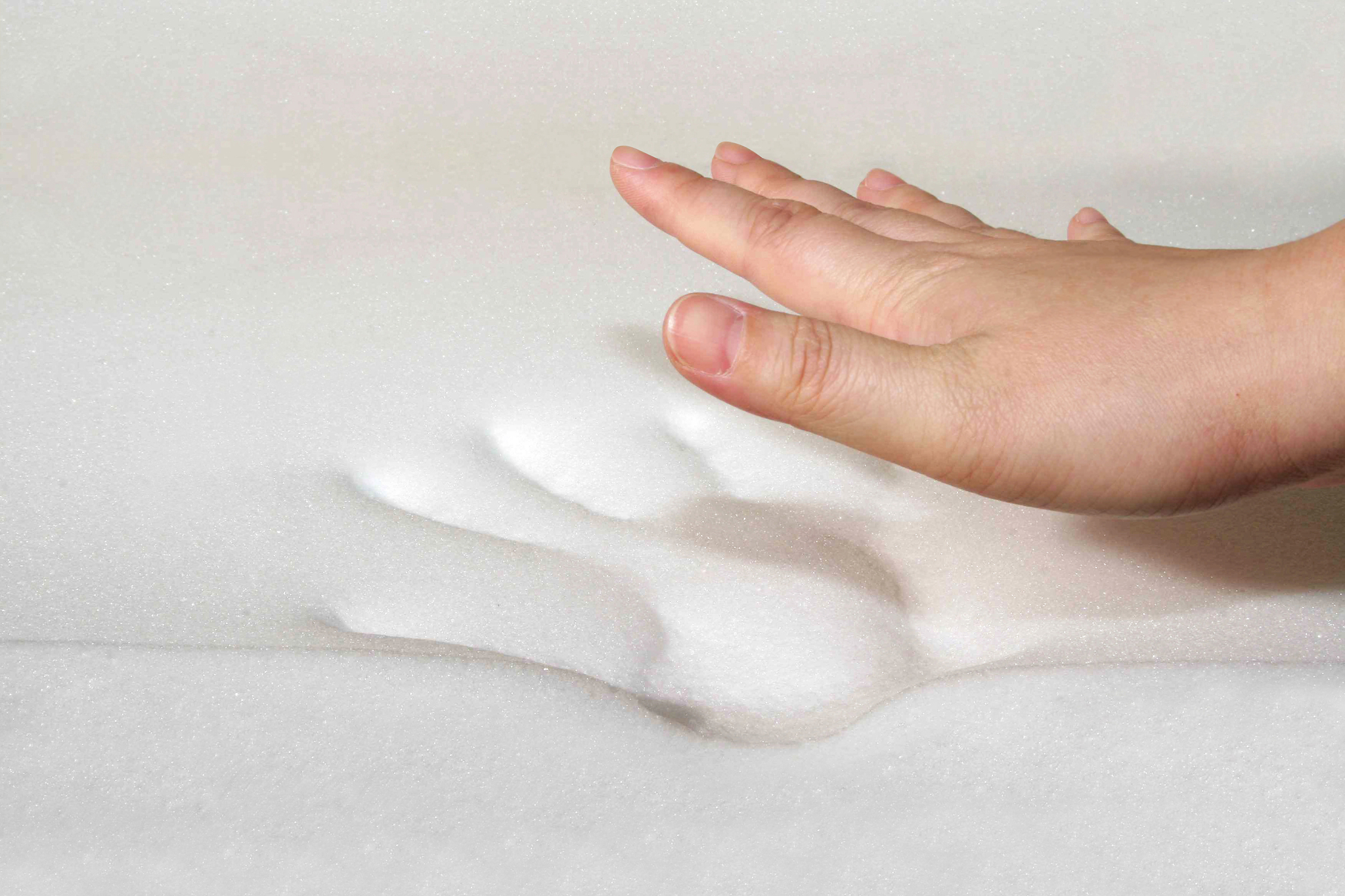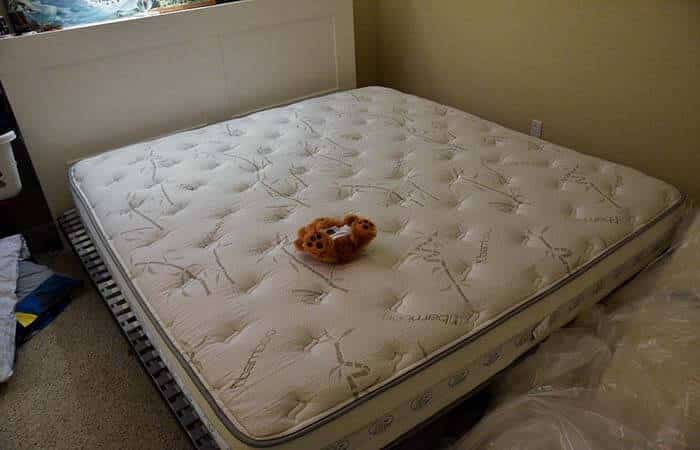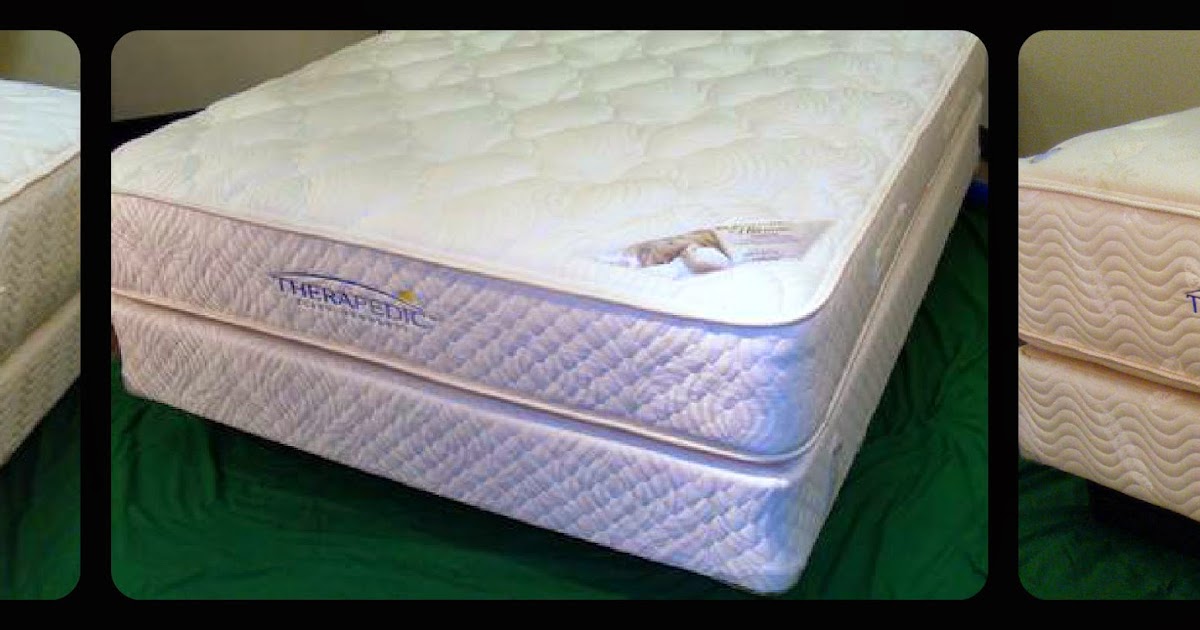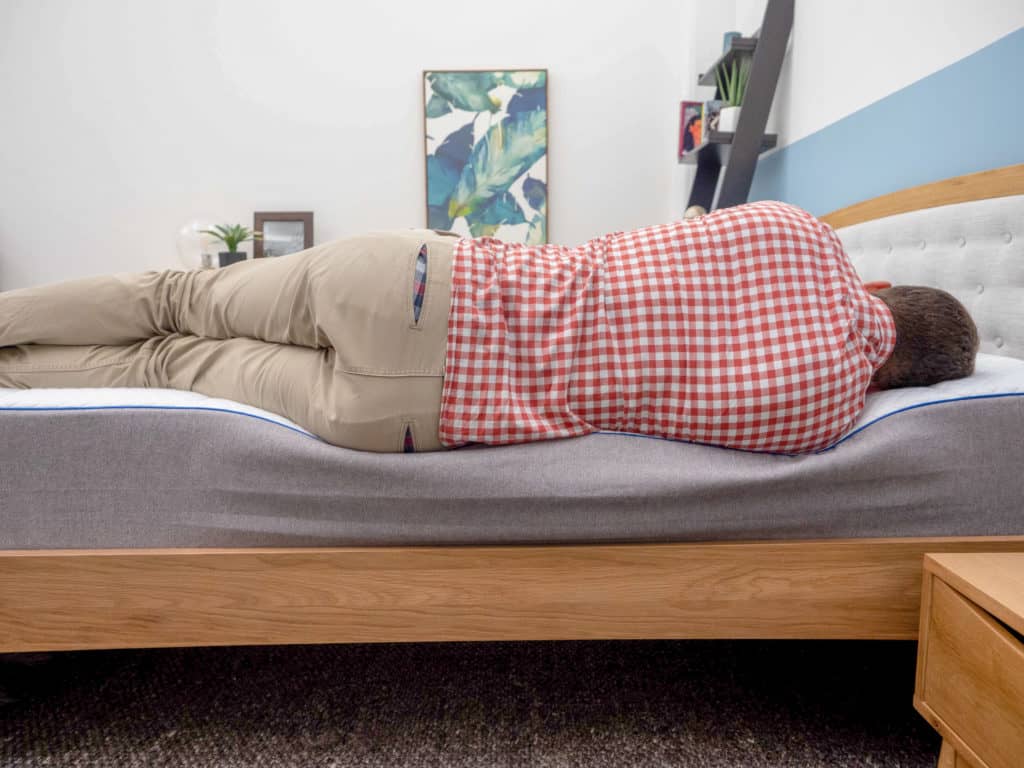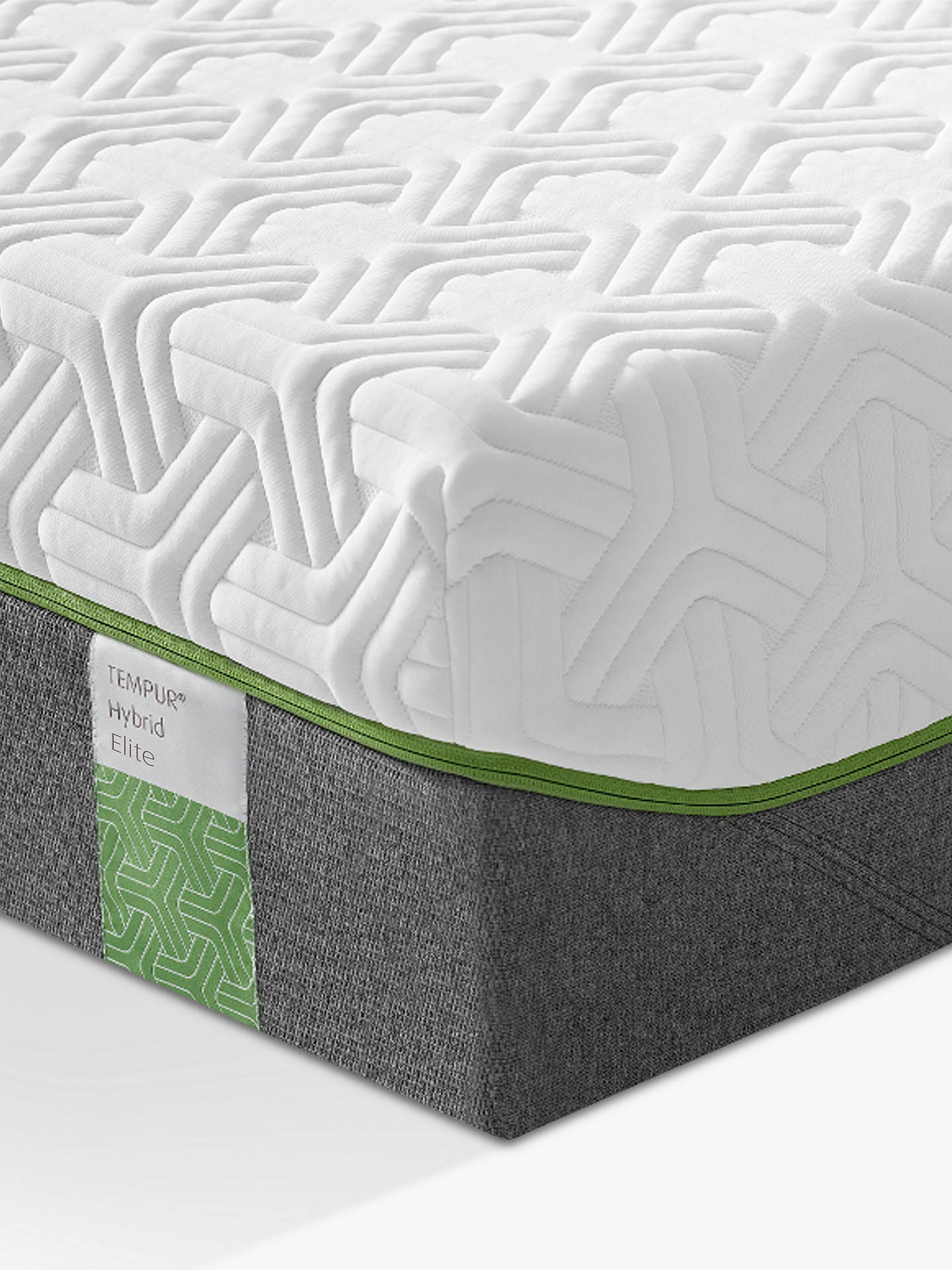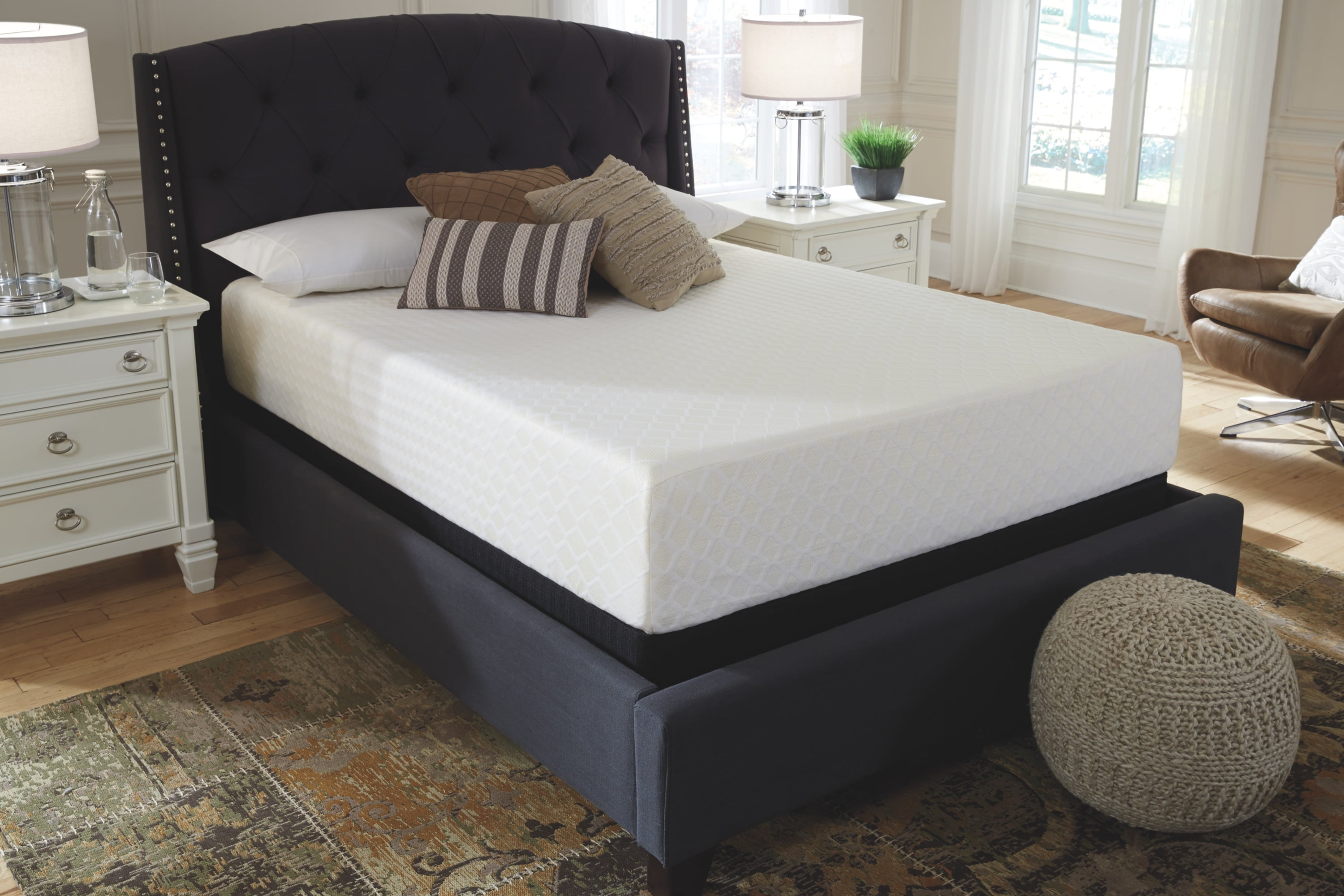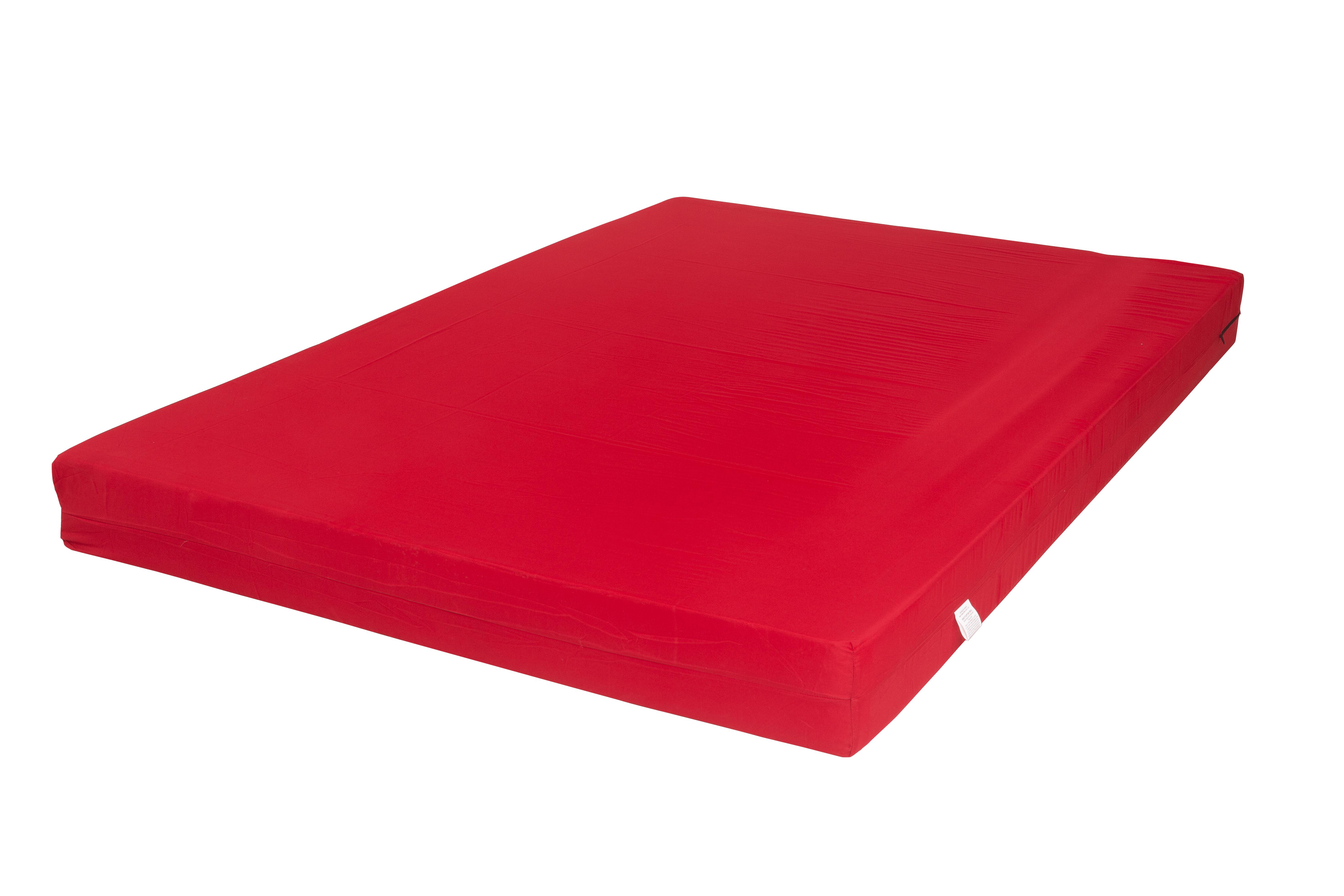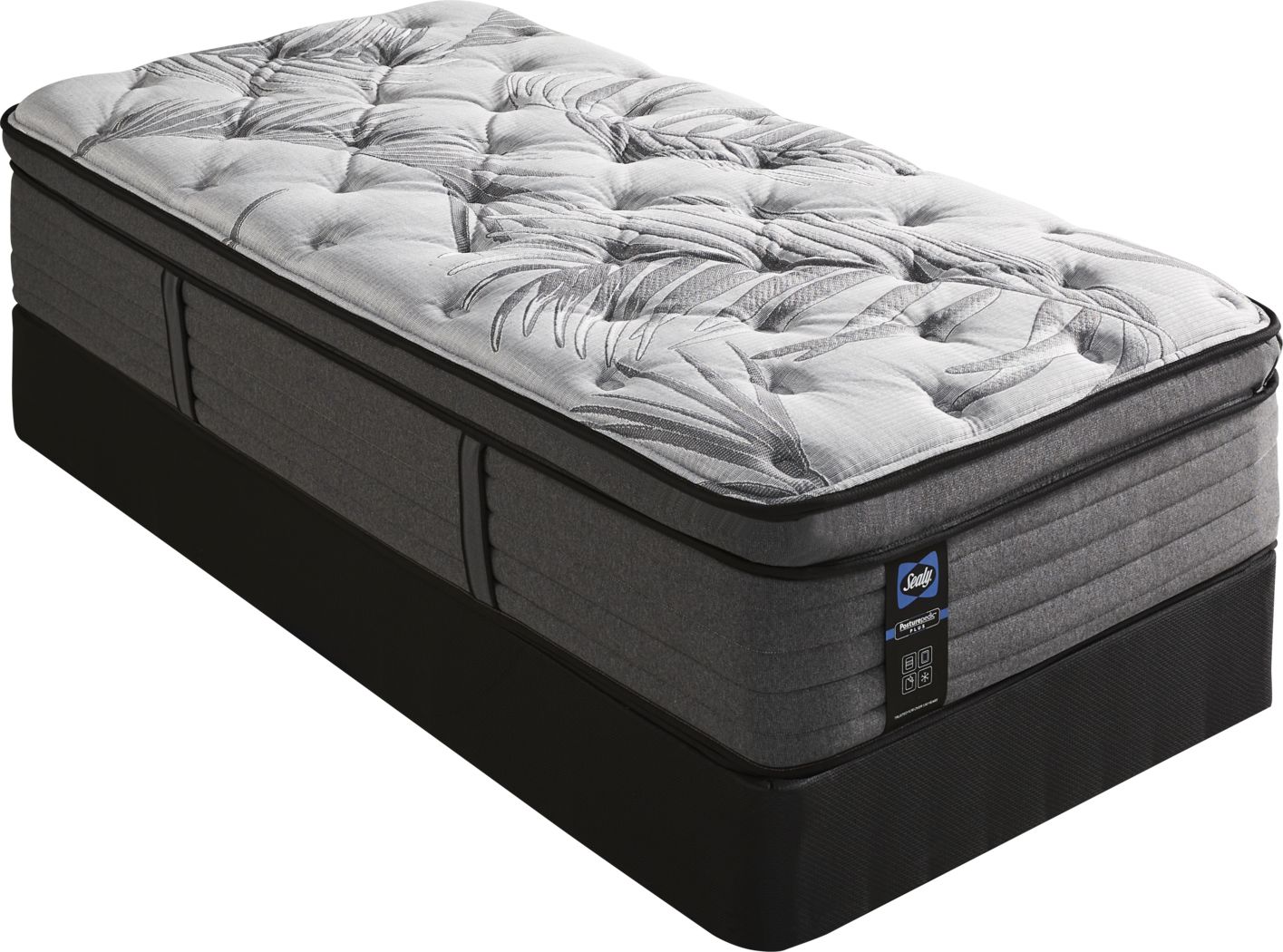When you invest in a new memory foam mattress, you expect it to provide you with years of comfortable and restful sleep. However, if you start to notice that your mattress is sinking in the middle, it can be a frustrating and uncomfortable experience. Not only does it affect the quality of your sleep, but it can also lead to back pain and discomfort. In this article, we'll explore the top 10 reasons why memory foam mattresses sink in the middle and what you can do about it.Memory Foam Mattress Sinking in Middle: What You Need to Know
One of the most common reasons for a memory foam mattress sinking in the middle is simply due to the age of the mattress. Like any other product, mattresses have a lifespan and eventually, they will start to show signs of wear and tear. As memory foam mattresses get older, they tend to lose their shape and support, resulting in a sinking feeling in the middle.1. Age of the Mattress
Another reason why your memory foam mattress may be sinking in the middle is due to the quality of the foam used. Some manufacturers may use lower quality foam in their mattresses, which can break down and lose support more quickly. This can result in a sinking feeling in the middle of the mattress, even if it is relatively new.2. Poor Quality Foam
It's important to have the right foundation for your memory foam mattress. If the foundation is not supportive enough, it can lead to sinking in the middle. Make sure your mattress is placed on a flat, solid surface, such as a platform bed or a sturdy box spring. Avoid using a weak or sagging foundation, as this can cause the mattress to sink in the middle.3. Improper Foundation
The weight of the person sleeping on the mattress can also contribute to sinking in the middle. If one person is significantly heavier than the other, they may create a permanent indentation in the mattress over time. Additionally, if you tend to sleep in the same spot every night, this can also cause sinking in that particular area.4. Body Weight and Sleeping Habits
Like any other mattress, memory foam mattresses need to be rotated regularly. This helps distribute the weight evenly and prevent sinking in one particular area. It is recommended to rotate your mattress every three to six months to ensure even wear and tear.5. Not Rotating the Mattress
If your mattress has been exposed to liquids, whether it be from spills or accidents, it can cause the foam to break down and lose its support. If this happens, the mattress may start to sink in the middle. It's important to clean up any spills immediately and use a waterproof mattress protector to prevent liquid damage.6. Liquid Damage
Proper maintenance is crucial to keeping your memory foam mattress in good condition. If you don't regularly clean and air out your mattress, it can accumulate dust, dirt, and sweat, which can lead to the foam breaking down and sinking in the middle. Make sure to follow the manufacturer's instructions for cleaning and maintenance.7. Poor Maintenance
As mentioned earlier, a solid and supportive foundation is essential for a memory foam mattress. However, if the foundation is not supportive enough, it can lead to sinking in the middle. Make sure to check the weight limit and support capabilities of your foundation to ensure it can adequately support your mattress.8. Insufficient Support
While rare, it is possible for a memory foam mattress to have manufacturing defects that can cause sinking in the middle. This can be due to improper assembly or subpar materials used during the manufacturing process. If you suspect your mattress has a defect, contact the manufacturer for a replacement or refund.9. Manufacturing Defects
Addressing the Issue of a Sinking Memory Foam Mattress in the Middle
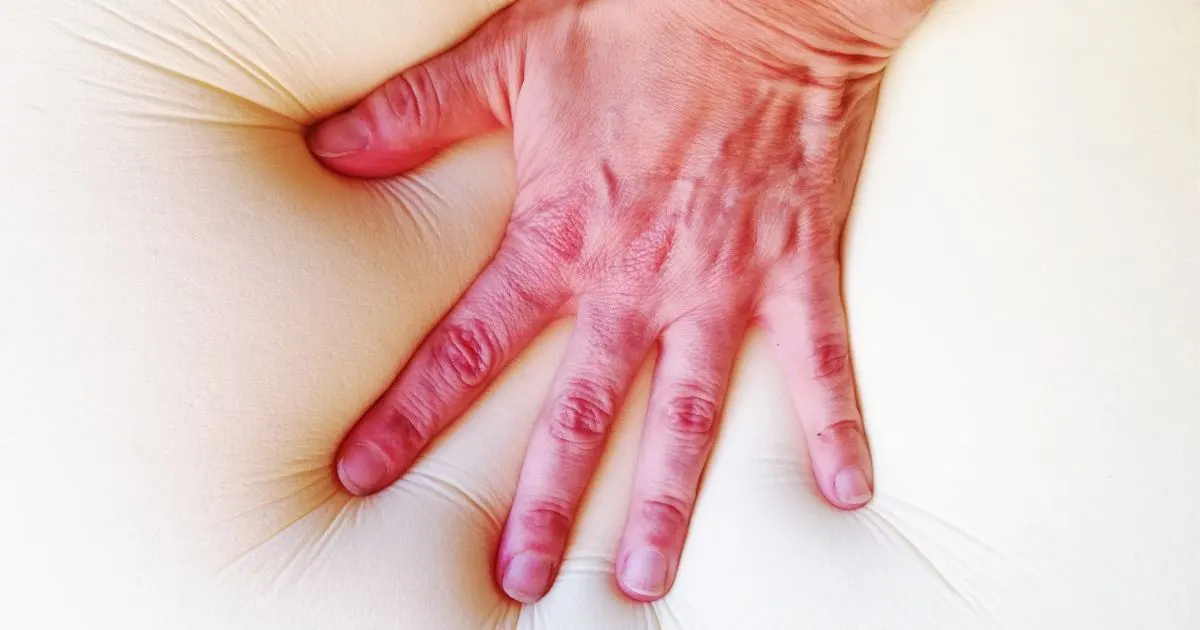
The Importance of a Comfortable and Supportive Mattress
 A good night's sleep is essential for our overall health and well-being. And one of the key factors that contribute to a good night's sleep is having a comfortable and supportive mattress.
Memory foam mattresses
have gained popularity in recent years due to their ability to contour to the body and provide excellent support. However, one common issue that some users may face with their memory foam mattress is sinking in the middle.
A good night's sleep is essential for our overall health and well-being. And one of the key factors that contribute to a good night's sleep is having a comfortable and supportive mattress.
Memory foam mattresses
have gained popularity in recent years due to their ability to contour to the body and provide excellent support. However, one common issue that some users may face with their memory foam mattress is sinking in the middle.
The Causes of a Sinking Memory Foam Mattress
 There are several reasons why a memory foam mattress may sink in the middle. One of the main reasons is the
density
of the foam. If the foam is of low density, it may not be able to support the weight of the sleeper, causing it to sink over time. Another reason could be the
quality
of the foam itself. Poor quality foam may deteriorate faster, leading to sagging and sinking in the middle.
There are several reasons why a memory foam mattress may sink in the middle. One of the main reasons is the
density
of the foam. If the foam is of low density, it may not be able to support the weight of the sleeper, causing it to sink over time. Another reason could be the
quality
of the foam itself. Poor quality foam may deteriorate faster, leading to sagging and sinking in the middle.
How to Prevent a Sinking Memory Foam Mattress
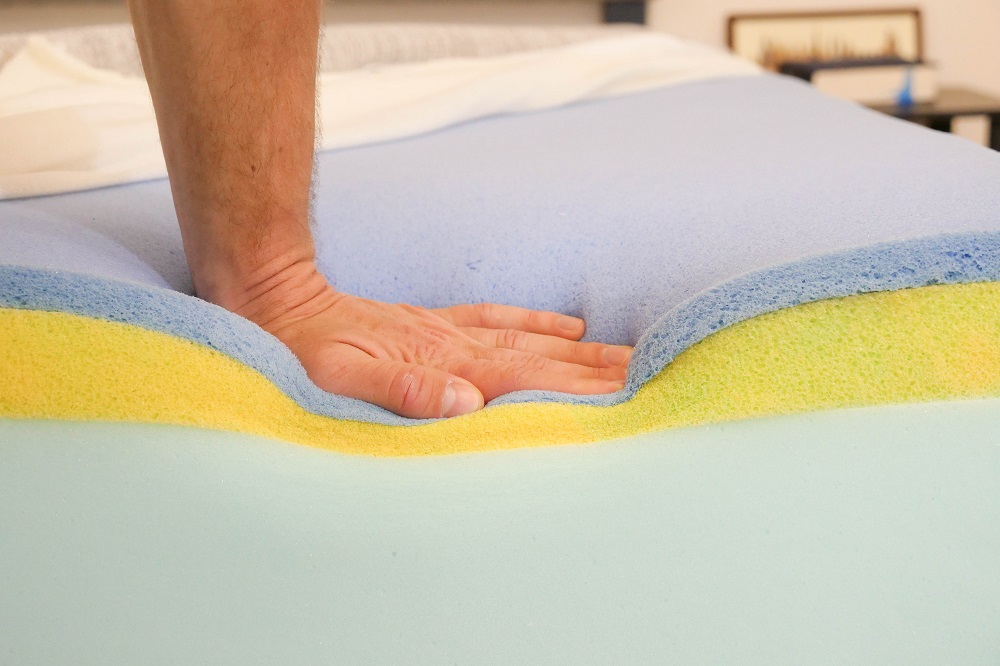 Fortunately, there are a few steps that can be taken to prevent a memory foam mattress from sinking in the middle. Firstly, it is essential to
invest in a high-density foam
. This will provide better support and prevent the mattress from sinking. Additionally, regularly
rotating
the mattress can also help distribute the weight evenly and prevent sinking in the middle. Another solution is to use a
mattress topper
to provide extra support and prevent the foam from sinking.
Fortunately, there are a few steps that can be taken to prevent a memory foam mattress from sinking in the middle. Firstly, it is essential to
invest in a high-density foam
. This will provide better support and prevent the mattress from sinking. Additionally, regularly
rotating
the mattress can also help distribute the weight evenly and prevent sinking in the middle. Another solution is to use a
mattress topper
to provide extra support and prevent the foam from sinking.
Conclusion
 A memory foam mattress is a great investment for a comfortable and restful sleep. However, to avoid the issue of sinking in the middle, it is crucial to choose a high-quality and high-density foam. Regular maintenance and using a mattress topper can also help prolong the lifespan of the mattress. By addressing the issue of a sinking memory foam mattress in the middle, you can ensure a comfortable and supportive sleep every night.
A memory foam mattress is a great investment for a comfortable and restful sleep. However, to avoid the issue of sinking in the middle, it is crucial to choose a high-quality and high-density foam. Regular maintenance and using a mattress topper can also help prolong the lifespan of the mattress. By addressing the issue of a sinking memory foam mattress in the middle, you can ensure a comfortable and supportive sleep every night.



